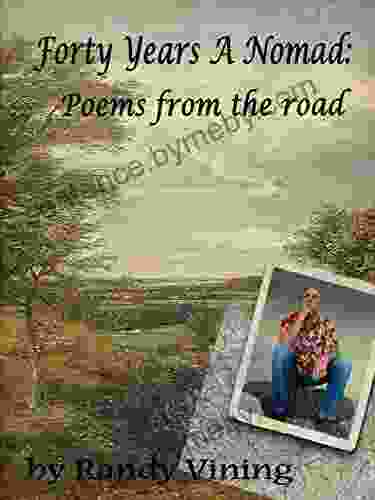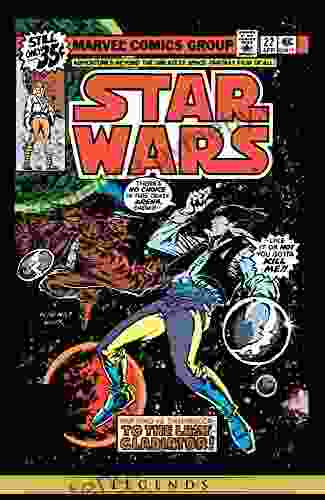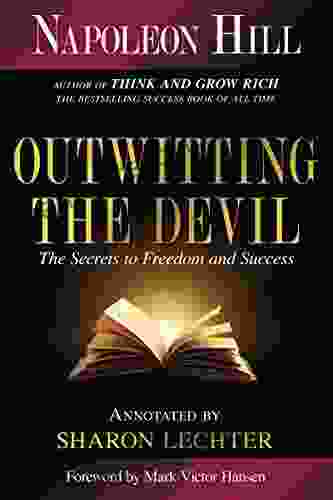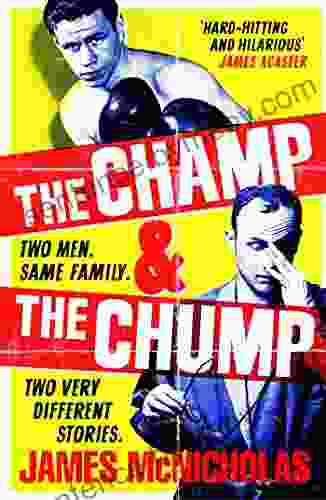Practice as Research Approaches to Creative Arts Enquiry: A Comprehensive Guide

Practice as Research (PAR) is a research approach that emphasizes the creative process as a form of inquiry. PAR researchers use creative practice to generate new knowledge and insights about the world. This approach is often used in the creative arts, such as music, art, dance, and theater, but it can also be applied to other disciplines, such as education, health, and social work.
4.8 out of 5
| Language | : | English |
| File size | : | 3480 KB |
| Text-to-Speech | : | Enabled |
| Screen Reader | : | Supported |
| Enhanced typesetting | : | Enabled |
| Print length | : | 298 pages |
There are many different ways to do PAR. Some researchers use creative practice as a way to explore their own personal experiences. Others use it to engage with social and political issues. Still others use it to develop new ways of teaching and learning.
PAR is a valuable research approach because it allows researchers to generate new knowledge and insights that would not be possible through traditional research methods. It is also a highly collaborative approach, which can lead to new and innovative ways of thinking about the world.
History of PAR
The PAR approach has its roots in the early 20th century, when artists and educators began to question the traditional Trennung von Kunst und Wissenschaft (separation of art and science). This Trennung had led to a narrow and restrictive view of what could be considered "research" and "knowledge." PAR researchers argued that creative practice was a legitimate form of inquiry, and that it could produce valuable new knowledge about the world.
The PAR approach gained momentum in the 1970s and 1980s, as artists and educators began to experiment with new ways of using creative practice in research. This period saw the development of a number of different PAR methodologies, such as autoethnography, participatory action research, and community-based research.
Today, the PAR approach is widely used in the creative arts and other disciplines. It is recognized as a legitimate and valuable research approach that can generate new knowledge and insights about the world.
Applications of PAR
The PAR approach can be applied to a wide range of creative arts disciplines, including:
- Music
- Art
- Dance
- Theater
- Film
- Photography
- Writing
PAR can also be applied to other disciplines, such as:
- Education
- Health
- Social work
The PAR approach can be used to explore a wide range of topics, such as:
- Personal experiences
- Social and political issues
- New ways of teaching and learning
- New ways of understanding the world
Benefits of PAR
There are many benefits to using the PAR approach in creative arts enquiry. Some of these benefits include:
- New knowledge and insights: PAR can generate new knowledge and insights about the world that would not be possible through traditional research methods.
- Collaboration: PAR is a highly collaborative approach, which can lead to new and innovative ways of thinking about the world.
- Personal growth: PAR can be a transformative experience for researchers, helping them to develop new skills and insights into themselves and the world around them.
Challenges of PAR
There are also some challenges to using the PAR approach in creative arts enquiry. Some of these challenges include:
- Rigor: PAR research can be difficult to evaluate using traditional research criteria. This is because PAR research often involves subjective and qualitative data, which can be difficult to measure and compare.
- Funding: PAR research can be expensive to conduct, as it often requires the use of specialized equipment and materials.
- Time: PAR research can be time-consuming to conduct, as it often requires a long period of time for the researcher to develop their creative practice and generate new knowledge and insights.
The PAR approach is a valuable research approach that can generate new knowledge and insights about the world. It is a highly collaborative and transformative approach that can help researchers to develop new skills and insights into themselves and the world around them. However, there are also some challenges to using the PAR approach, such as rigor, funding, and time. Researchers who are considering using the PAR approach should be aware of these challenges and plan accordingly.
References
- Barone, T. (2010). Practice as research in the arts: Theory, method, and application. Intellect Books.
- Borgdorff, H., & Tangeland, K. (2016). Artistic research: Practices, theories, methods. Routledge.
- Lather, P. (2013). Getting lost: Feminist efforts toward a二重/multiple autoethnography. International Journal of Qualitative Studies in Education, 26(6),663-675.
- Schön, D. A. (1983). The reflective practitioner: How professionals think in action. Basic Books.
4.8 out of 5
| Language | : | English |
| File size | : | 3480 KB |
| Text-to-Speech | : | Enabled |
| Screen Reader | : | Supported |
| Enhanced typesetting | : | Enabled |
| Print length | : | 298 pages |
Do you want to contribute by writing guest posts on this blog?
Please contact us and send us a resume of previous articles that you have written.
 Book
Book Novel
Novel Page
Page Chapter
Chapter Text
Text Story
Story Genre
Genre Reader
Reader Library
Library Paperback
Paperback E-book
E-book Magazine
Magazine Newspaper
Newspaper Paragraph
Paragraph Sentence
Sentence Bookmark
Bookmark Shelf
Shelf Glossary
Glossary Bibliography
Bibliography Foreword
Foreword Preface
Preface Synopsis
Synopsis Annotation
Annotation Footnote
Footnote Manuscript
Manuscript Scroll
Scroll Codex
Codex Tome
Tome Bestseller
Bestseller Classics
Classics Library card
Library card Narrative
Narrative Biography
Biography Autobiography
Autobiography Memoir
Memoir Reference
Reference Encyclopedia
Encyclopedia Jayne Smith
Jayne Smith Zak George
Zak George Joan Baxter
Joan Baxter Jaquavis Coleman
Jaquavis Coleman Pauley Perrette
Pauley Perrette Michael Anthony
Michael Anthony Martyn Clifford
Martyn Clifford Waka T Brown
Waka T Brown Shel Israel
Shel Israel William H Mcraven
William H Mcraven Marie W Lawrence
Marie W Lawrence Jann Wenner
Jann Wenner Jamie Zeppa
Jamie Zeppa Joshua Cartwright
Joshua Cartwright Sonia Mainstone Cotton
Sonia Mainstone Cotton James Mcbride
James Mcbride Mark I Sutherland
Mark I Sutherland Stephanie Stein Crease
Stephanie Stein Crease Jane E Miller
Jane E Miller Jan Zimmerman
Jan Zimmerman
Light bulbAdvertise smarter! Our strategic ad space ensures maximum exposure. Reserve your spot today!
 Carter HayesFollow ·5.3k
Carter HayesFollow ·5.3k Oscar BellFollow ·12.7k
Oscar BellFollow ·12.7k Abe MitchellFollow ·15.8k
Abe MitchellFollow ·15.8k Garrett BellFollow ·2.1k
Garrett BellFollow ·2.1k Truman CapoteFollow ·16.1k
Truman CapoteFollow ·16.1k Nathaniel HawthorneFollow ·3.7k
Nathaniel HawthorneFollow ·3.7k Isaiah PowellFollow ·3.8k
Isaiah PowellFollow ·3.8k Jedidiah HayesFollow ·13.6k
Jedidiah HayesFollow ·13.6k
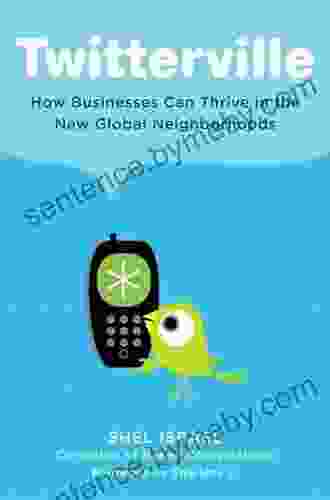
 Franklin Bell
Franklin BellHow Businesses Can Thrive In The New Global Neighborhoods
The world is becoming...
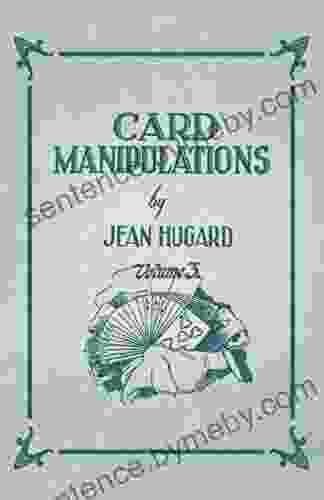
 Rob Foster
Rob FosterCard Manipulations Volume 1: A Masterclass in Deception...
Unveiling the...
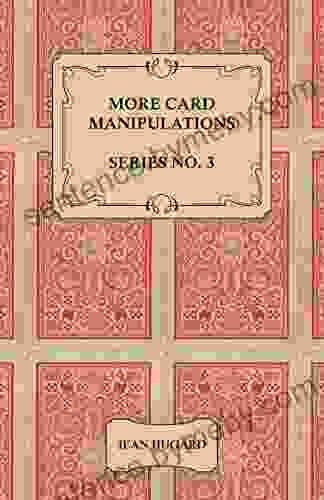
 Enrique Blair
Enrique BlairUnveil the Secrets of Card Manipulation: Dive into "More...
Step into the captivating world...

 Jamal Blair
Jamal BlairComedy Fillers 200 Quips One Liners Jean Hugard
Unlock the Secrets of...

 Chase Simmons
Chase SimmonsUnlock Financial Independence: A Comprehensive Guide to...
In a world where financial security seems...
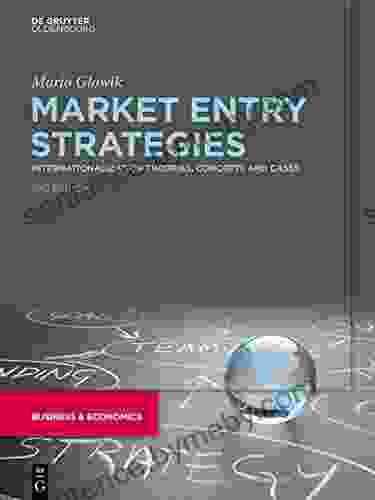
 Dion Reed
Dion ReedUnveiling Global Market Entry Strategies: A Comprehensive...
Global Market Entry Strategies:...
4.8 out of 5
| Language | : | English |
| File size | : | 3480 KB |
| Text-to-Speech | : | Enabled |
| Screen Reader | : | Supported |
| Enhanced typesetting | : | Enabled |
| Print length | : | 298 pages |



